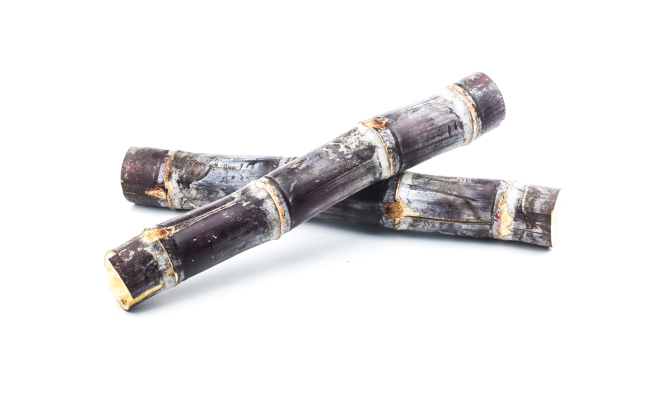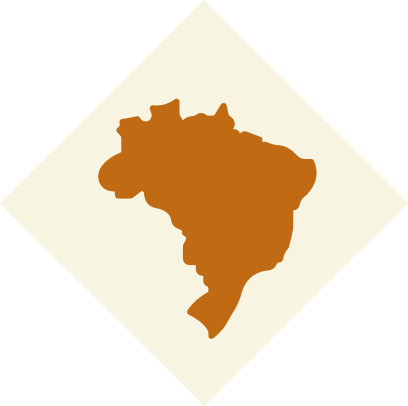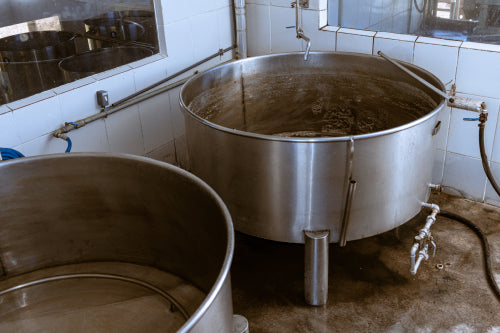
Varieties of sugarcane grown in different regions
Brazil is the largest producer of sugarcane in the world. Since the Portuguese first brought the plant to Brazil in the 16th Century, it has flourished. However, Brazil’s success growing sugarcane is also due to the large number of varieties that have been created. There are around 3,000 different types of sugarcane, which have been developed to flourish in different parts of the country and adapt to varying regional climates.
Though there is limited evidence that different varietals have a strong impact on the flavor of cachaça, it is certainly true that the environment in which the sugarcane is grown does have an impact on flavor. Thus, the success of each varietal of sugarcane in a given environment could provide subtle differences among cachaça producers. Regardless, the best cachaça imparts strong cane flavors.

Regional differences in cachaça production
Over the years, regional cachaça styles have emerged amongst producers. For example, Minas Gerais, a state in the Southeast of Brazil, is known for its use of Balsamo wood to age cachaça. Cachaça from the South of Brazil, particularly Rio Grande do Sul, has become known for its lower alcohol content, while states in the Northeast, including Pernambuco and Bahia, are better known for their higher alcohol content. Thus, producers in different regions often seek to reflect the local, common traditions, which come to impact the flavor of cachaça.

Fermentation
One of the major differences among cachaça producers is the type of fermentation they use. Many cachaça producers create their own yeast, or purchase yeast from small producers in their region. A limited number of producers have taken to purchasing yeast produced in labs, which requires a greater investment. Fermentation, of course, has a significant impact on the final product. Thus, the development of yeast in a micro or regional environment can cause flavors to vary significantly, even among producers in the same area.


